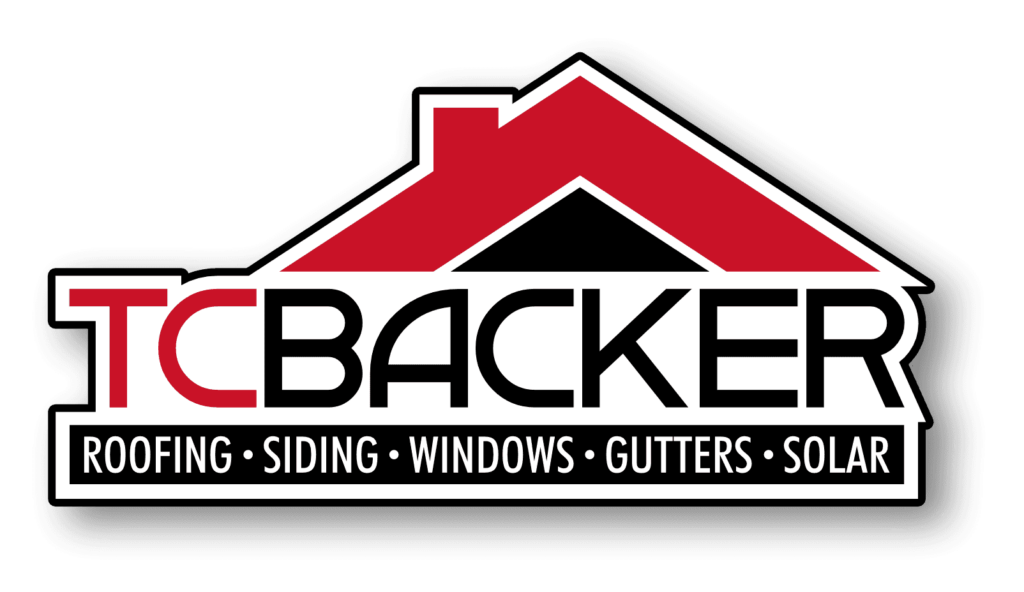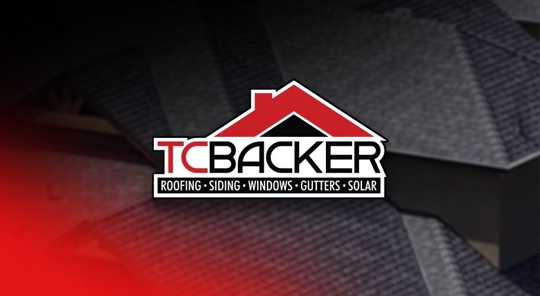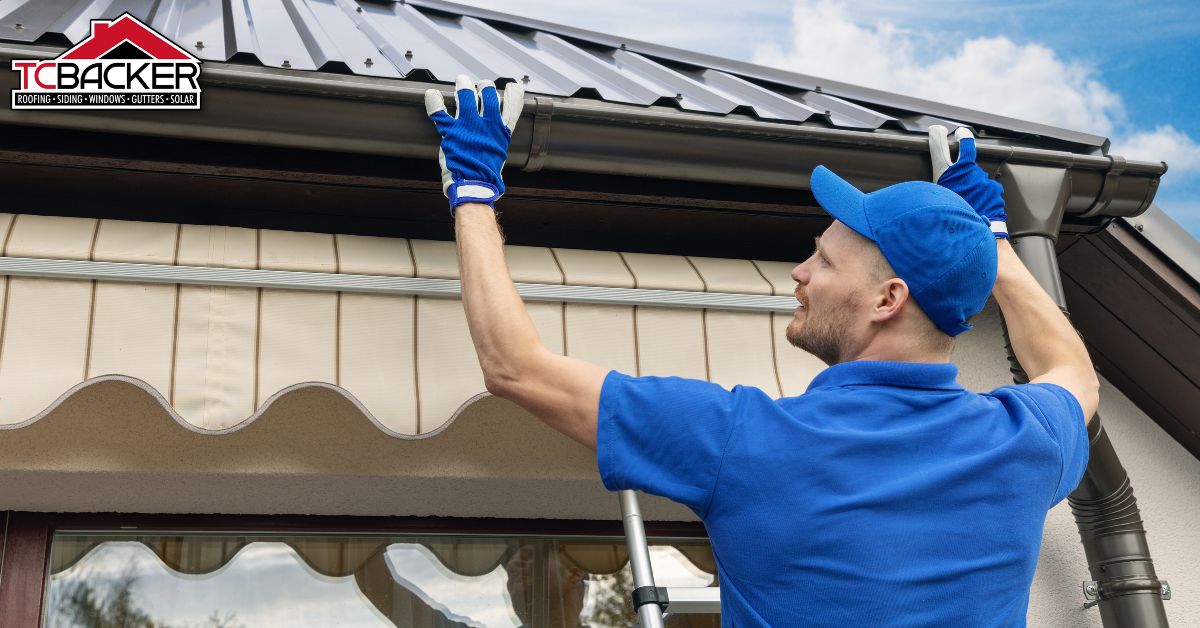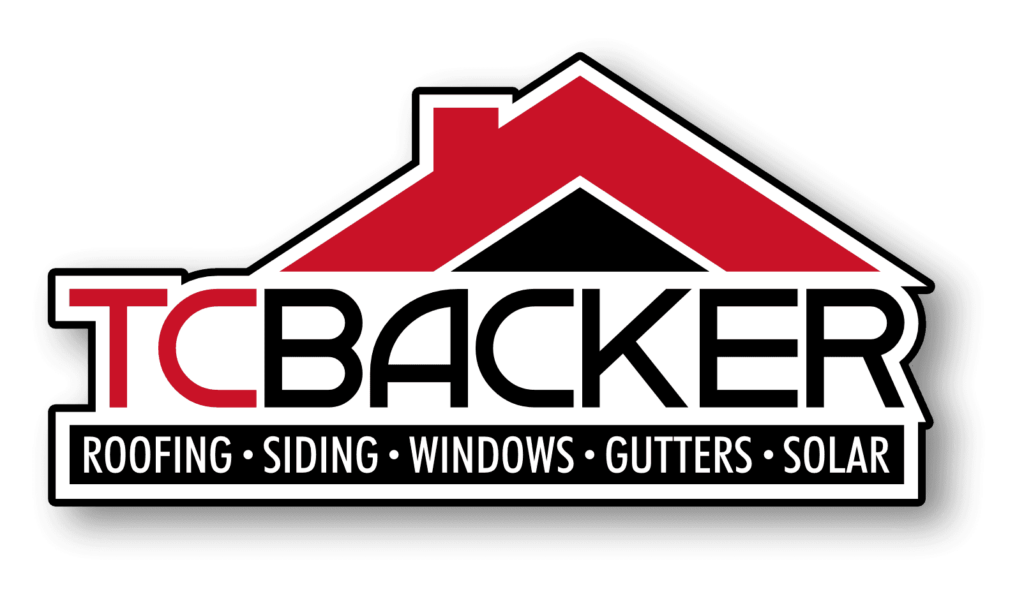A roof inspection is a necessary step when it comes to property maintenance and upkeep. Conducting an effective roof inspection can help to ensure the longevity of your property and provide peace of mind. It is important to be aware of the potential risks that come with inspecting your roof, such as falling or slipping, and to take all necessary safety precautions.
This article will provide an overview of the steps necessary to conduct a roof inspection, from gathering the necessary supplies to hiring a professional if necessary.
In order to ensure that the roof inspection is carried out effectively, it is important to understand the process. This includes assessing the roof from the ground, climbing the roof and performing a visual inspection, and inspecting the roof components. Following these steps will help to identify any potential issues that may need to be addressed.
Additionally, this article will provide information on when to consider hiring a professional to perform the inspection.
Gather Your Supplies
Gathering the necessary materials is an essential step in the process of assessing a structure’s roofing system. This includes items such as a ladder, flashlight, measuring tape, binoculars, and possibly a digital camera.
It is important to always ensure that these items are in good condition and are checked for any potential hazards that may arise during the inspection.
Furthermore, it is beneficial to have a second person on hand to help if necessary. This individual can assist with stabilizing the ladder, taking measurements, and providing a second set of eyes.
With the proper materials in hand, the next step is to examine the roof from the ground.
Examine the Roof from the Ground
Conduct a ground-level visual analysis of the exterior surface to assess potential issues.
Note areas of concern like loose shingles, damaged flashing, or other damage for further investigation.
Examine roofing material for wear, tears, and discoloration that may indicate damage or problems.
Evaluate roofing lines for straightness and potential gaps causing water leaks.
Check gutter systems for breaks or clogs leading to water damage.
Document all issues for further consideration.
After the visual analysis from the ground is complete, it is time to move to a closer inspection of the roof.
Climb the Roof and Perform a Visual Inspection
Conduct a thorough exterior surface assessment by climbing the roof and performing a visual inspection. This should include a visual examination of the roof surface, flashings, and other components from various angles in order to identify any areas of disrepair or damage.
Inspect the roof components for signs of wear, tear, and aging, such as cracks, splits, holes, and other damage. Also, check for discoloration, moss, and lichen growth. Additionally, check for any loose, cracked, or missing tiles or shingles, as well as any displacement of the roofing components.
To ensure a comprehensive assessment of the roof, it is important to carefully check around the edges of the roof, such as the ridge, eaves, and gables.
Following the visual inspection, it is necessary to investigate the roof components to ensure they are in good condition. This will involve inspecting the roof decking, insulation, and ventilation systems to determine the overall integrity of the roof.
Inspect the Roof Components
A detailed analysis of roof components helps determine the structure’s overall integrity. This includes inspecting the roof structure, flashing, the membrane, insulation, and other components. It is important to carefully examine each component for any signs of damage or wear and tear, as well as any potential areas of concern.
It is also important to check for any changes in the angle of the slope, as well as any signs of water infiltration, such as stains or discoloration. Thoroughly inspecting each roof component allows addressing potential issues before they worsen.
The next step of a roof inspection is to check the condition of the existing roofing material. This includes looking for any missing or damaged shingles, as well as any signs of wear and tear. Inspecting the edges of roofing material and areas with damage or missing pieces is crucial.
Additionally, inspect repaired areas for further damage or deterioration. Assessing roofing material conditions helps identify and address potential issues before they worsen. From here, it may be necessary to hire a professional to complete the roof inspection.
Hire a Professional if Necessary
Careful assessment of the roof components can help identify potential issues, making it essential to consider professional help if necessary.
Trained professional roofing contractors actively assess a roof’s condition, identify potential repair or maintenance needs, and inspect for signs of damage or wear like loose shingles, missing flashing, or deteriorating gutters. Additionally, they can check for areas of water leakage and identify any other problems that may be present.
For more complex roofing issues, such as a major leak or structural damage, hiring a professional roofer can be the best option. In such cases, a professional can evaluate the condition of the roof more thoroughly and determine the best course of action. Professionals can recommend repair types, regular roof maintenance, and required materials.
Hiring a professional roofer is an important step in ensuring the safety and longevity of a roof, making it essential to consider professional help if necessary.
Conclusion
It is important to inspect a roof regularly in order to detect any damage or wear and tear that may have occurred.
When conducting a roof inspection, it is essential to take necessary safety precautions and wear protective clothing. Gathering essential supplies ensures an effective and efficient inspection process.
Upon examination of the roof from the ground, it is important to climb the roof and perform a visual inspection.
Furthermore, it is beneficial to inspect all of the components of the roof including the shingles, flashing, gutters, and downspouts.
Upon detecting damage, engage a professional to evaluate the roof’s condition and perform required repairs.
A well-conducted roof inspection can help to ensure that a roof remains in good condition for many years.
Contact TC Backer Construction today to schedule a professional roof inspection. Let our skilled team ensure the longevity and performance of your roof, providing you with peace of mind and reliable roofing solutions.
The post How To Conduct A Roof Inspection appeared first on TC Backer Construction.





